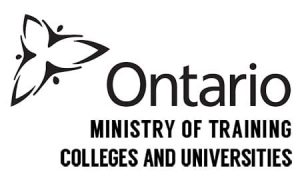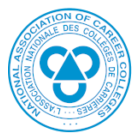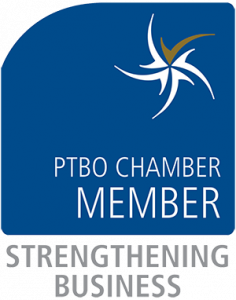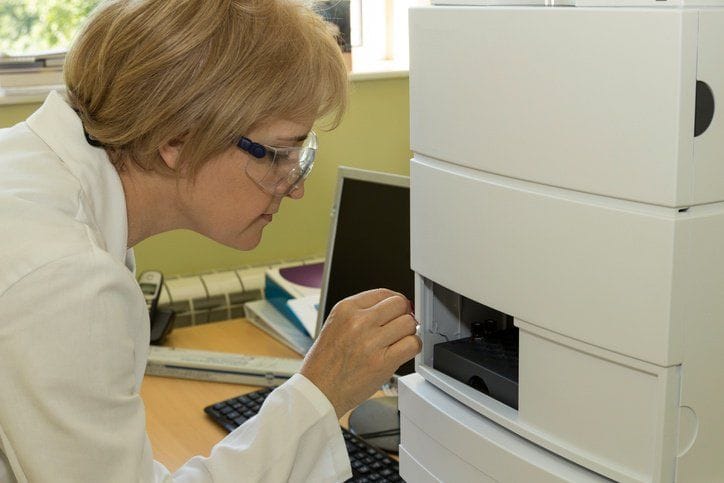
Quality control within the pharmaceutical industry is imperative, especially through the conduction of tests, experiments, and analyses. This often includes using various physical or chemical separation techniques to determine the composition and purity of pharmaceutical products.
One common method of solution separation QA professionals will encounter during their careers is high-performance liquid chromatography (HPLC). HPLC is a technique used to identify different compounds found in solutions by separating and quantifying each mixed component. The process also reveals how different compounds behave or react when mixed with different liquids.
For individuals interested in quality control and assurance in pharmaceuticals, it is important to become acquainted with the HPLC model and how this technique works.
How HPLC Works
The HPLC technique can be broken down into five stages: the reservoir, injection or pump of the sample, column, detector, and display. By gaining experience of this process, pharmaceutical quality assurance program graduates will have in-depth knowledge of how to operate and conduct solution formulations in a proficient and controlled manner.
When examining a solution, the mixture is first stored in the reservoir phase until it is ready to be pumped through a high-pressure tube and injected into the column. Once the mixture enters the column, it begins to undergo separation due to a process called column chromatography, a method that focuses on isolating compound elements through differential absorption. This method allows each component to be separated into portions, since different compounds will move at different speeds depending on the type of HPLC used. The time taken for the compound to travel from the column to the detector can vary as certain compounds possess different pressures, temperatures, and compositions.
Once the compounds have been isolated, the solvent travels to the detector phase where it is ready to be identified. It is difficult to recognize compounds without the use of a detector, since most solutions are colourless. The detector has the ability to sense the presence of the compound and sends its corresponding information to the computer data station where the proper identification is made.
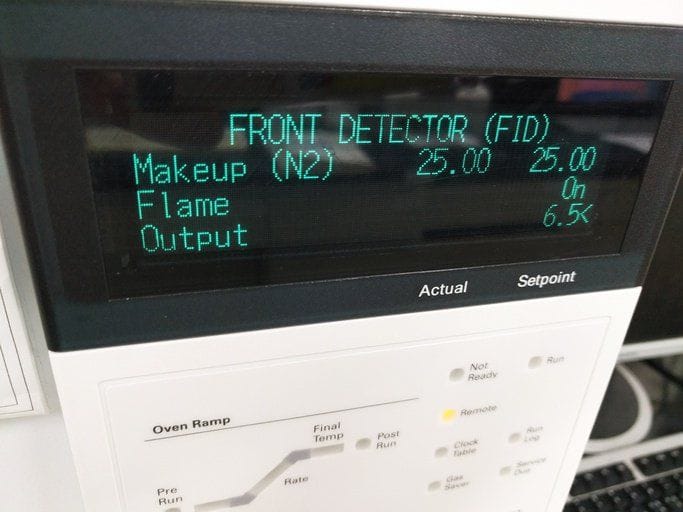 HPLC uses a computerized detection process
HPLC uses a computerized detection process
Different HPLC Types Pharmaceutical Quality Control Course Students Will Encounter
There are two different types of HPLC: normal-phase HPLC and reversed-phase HPLC. Normal-phase HPLC columns usually use a polar stationary phase with silica particles and are filled with non-polar solvents. This allows non-polar compounds to move quicker than polar compounds as the mixture begins to separate. This occurs because the polar compounds stick to the silica longer than the non-polar compounds do.
In reverse-phase HPLC, the opposite occurs during the separation process as polar compounds move quicker than non-polar solvents. Although the column is filled with silica particles as well, a polar solvent is used to draw a stronger attraction with the polar molecules in the mixture.
Students enrolled in a pharmaceutical quality control course develop an understanding of the types of equipment needed to conduct these processes efficiently, as well as the competency in determining which model types are needed for certain laboratory examinations.
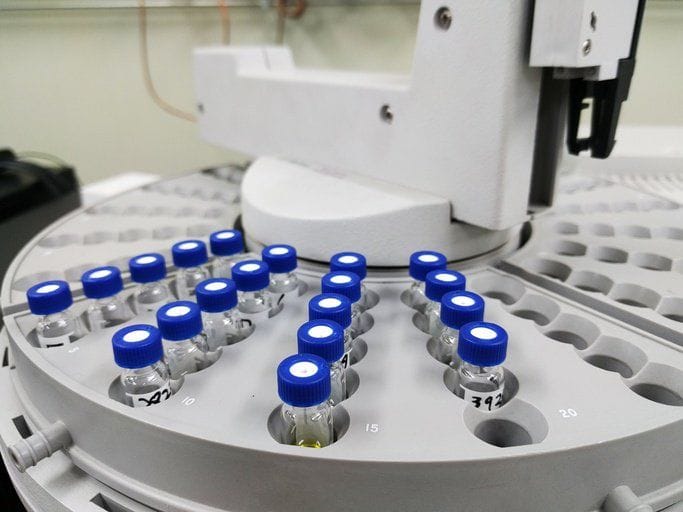 The equipment needed for HPLC can be elaborate
The equipment needed for HPLC can be elaborate
Are you interested in a career in the pharmaceutical industry?
Contact Oxford College to learn more about our pharmaceutical quality control program.

